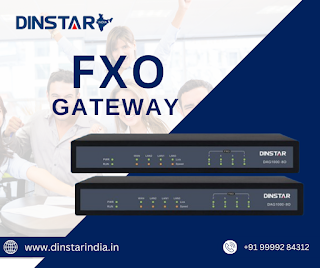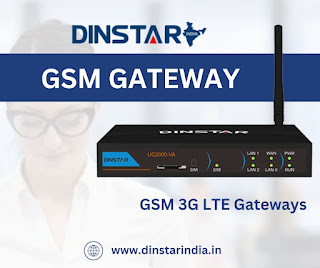SOHO IP PBX: A Comprehensive Guide
For organizations of all sizes, including Small Office/Home Office (SOHO) configurations, efficient communication is essential in today's connected world. The way that SOHO environments manage internal communications and phone conversations can be revolutionized by an IP PBX, or Internet Protocol Private Branch Exchange. After a thorough explanation of what a SOHO IP PBXSOHO IP PBX is, this article will go over its features, advantages, setup procedure, and factors to consider when selecting the best system. Finally, a summary of its significance will be provided.
What is a SOHO IP PBX?
A SOHO IP PBX is a communication system designed specifically for small offices or home offices. It leverages internet protocol (IP) technology to manage and route telephone calls within an office and between offices. Unlike traditional PBX systems that rely on analog or digital circuits, an IP PBX uses the internet to handle voice traffic, making it more flexible, scalable, and cost-effective.
Benefits of SOHO IP PBX
Cost Savings: One of the most significant advantages of an IP PBX system is the reduction in communication costs. Since calls are routed over the internet, there are fewer charges for long-distance and international calls.
Scalability: IP PBX systems are highly scalable. As your business grows, you can easily add more lines and extensions without needing significant hardware upgrades.
Flexibility and Mobility: Employees can connect to the IP PBX system from anywhere with an internet connection. This is especially useful for remote work and telecommuting.
Advanced Features: SOHO IP PBX systems come with a plethora of features such as voicemail to email, call forwarding, auto-attendant, conference calling, and more, which are often not available in traditional systems.
Improved Productivity: With features like unified messaging, employees can manage all their communications in one place, leading to increased efficiency and productivity.
Key Features of a SOHO IP PBX
Auto-Attendant: Automatically answers incoming calls and directs them to the appropriate extension or department based on the caller's input.
Voicemail to Email: Sends voicemail messages directly to your email inbox, allowing you to access and respond to them more quickly.
Call Forwarding: Redirects calls to another phone number, such as a mobile phone or another office line, ensuring you never miss an important call.
Conference Calling: Enables multiple parties to participate in a single call, facilitating group discussions and meetings.
Unified Communications: Integrates various forms of communication such as voice, video, and instant messaging into a single platform.
Call Logging and Reporting: Tracks and records call details for analysis and reporting purposes, helping to improve business operations.
Setting Up a SOHO IP PBX
Setting up an IP PBX system in a SOHO environment involves several steps:
Assess Your Needs: Determine the number of lines and extensions you need, as well as the specific features that are important for your business.
Choose the Right System: There are many IP PBX systems available, ranging from open-source solutions to commercial products. Research and choose a system that fits your needs and budget.
Acquire the Necessary Hardware: This includes IP phones, a server to run the IP PBX software, and networking equipment such as routers and switches.
Install the Software: Follow the instructions provided by the IP PBX vendor to install and configure the software on your server.
Configure Extensions and Features: Set up the extensions for your employees and configure the features you need, such as voicemail, auto-attendant, and call forwarding.
Test the System: Before going live, thoroughly test the system to ensure that all features are working correctly and that call quality is acceptable.
Considerations for Choosing a SOHO IP PBX
Budget: Consider both the initial setup costs and ongoing maintenance costs. Some systems may have a higher upfront cost but lower monthly fees.
Ease of Use: Choose a system that is easy to configure and manage. A user-friendly interface can save time and reduce the need for technical support.
Compatibility: Ensure that the IP PBX system is compatible with your existing network infrastructure and devices.
Support and Reliability: Look for a vendor that offers good customer support and has a reputation for reliability. This is crucial for minimizing downtime and resolving issues quickly.
Scalability: Select a system that can grow with your business. It should be easy to add new lines and extensions as needed.
Security: Ensure that the IP PBX system has robust security features to protect against hacking and unauthorized access.
Popular SOHO IP PBX Solutions
Here are some popular IP PBX solutions suitable for SOHO environments:
3CX: A popular choice due to its ease of use and comprehensive feature set. It offers a free version for small installations.
Asterisk: An open-source IP PBX system that is highly customizable and scalable. It requires more technical expertise to set up and manage.
Conclusion
SOHO IP PBX system can significantly enhance communication capabilities for small offices and home offices. By leveraging internet protocol technology, these systems offer cost savings, scalability, and a range of advanced features that traditional PBX systems cannot match. When choosing an IP PBX system, it’s essential to consider factors such as budget, ease of use, compatibility, support, scalability, and security to ensure you select the best solution for your needs.



Comments
Post a Comment